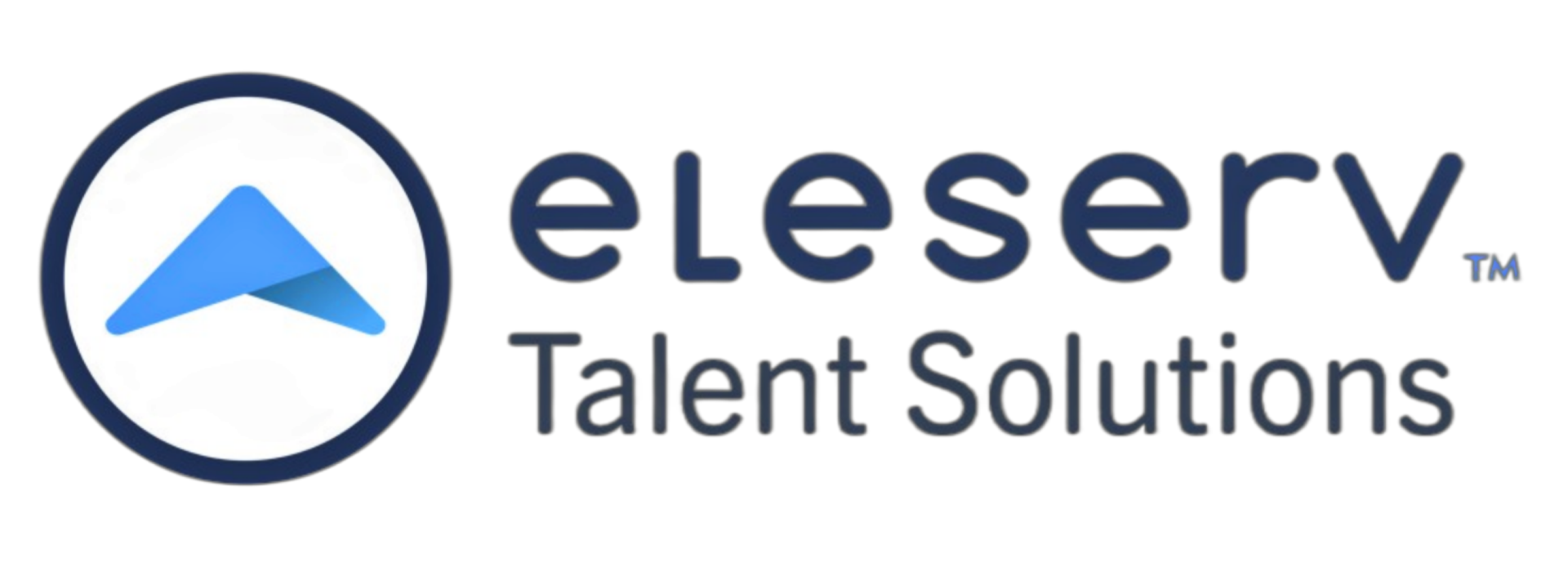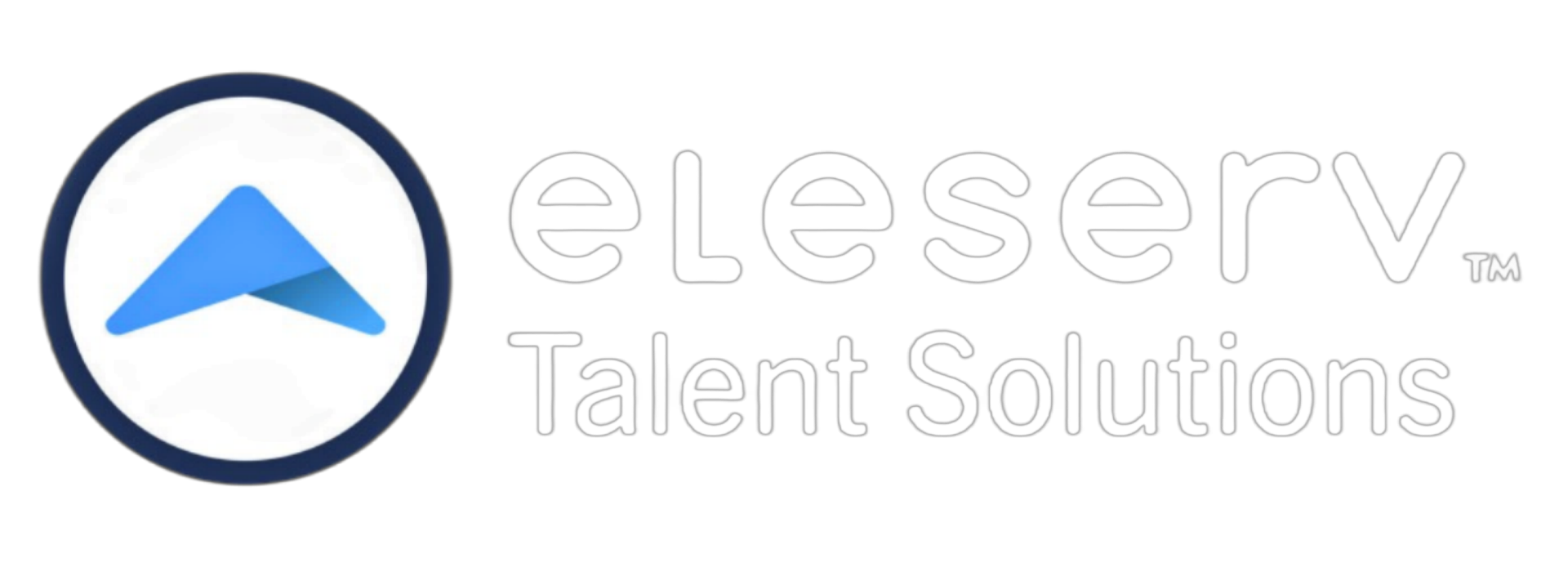Why Salespeople Should Listen More—Literally
In the race to boost performance and revenue, sales leaders often look for silver bullets—tech stacks, scripts, automation tools. But there's one incredibly effective and underutilized strategy that consistently drives sales team performance: listening to other people’s sales calls.
Why Sales Optimization Matters
Sales optimization is all about improving the efficiency and effectiveness of your sales process. That means getting your team to close more deals, faster, and with better margins. While technology and processes play a key role, people—and how they’re coached—remain the most critical lever.
In fact, according to a 2023 study by Sales Enablement PRO, organizations that invest in ongoing sales coaching see win rates improve by up to 29%, and sales reps achieve quota attainment increases of 24% on average.
So how do you provide impactful coaching at scale?
The Power of Listening to Sales Calls
Listening to live or recorded sales calls—also called "call shadowing" or "call review"—offers one of the most effective ways to coach, learn, and optimize. Here’s why it works:
1. Modeling Real-World Behavior
Reading scripts and attending roleplays can only go so far. Hearing how top performers handle objections, build rapport, or close deals in the wild gives other reps a real-world playbook. It allows salespeople to:
- • Understand tone, timing, and flow.
- • Observe how reps personalize pitches.
- • Learn handling of complex buyer questions.
A Gong.io analysis of over 1 million B2B sales calls found that top-performing reps talk 43% less and ask nearly 40% more questions compared to their peers—nuances that can only be appreciated through listening.
2. Accelerated Onboarding for New Hires
For new reps, there’s no faster ramp-up than learning from those already in the trenches. Call listening shortens the learning curve, helping them:
Companies that use call libraries and peer shadowing as part of onboarding see 50% faster ramp-up time, according to Sales Hacker research.
3. Peer-to-Peer Learning and Confidence Building
Salespeople often learn best from their peers. Creating a culture where reps regularly listen to and provide feedback on each other’s calls fosters shared learning and boosts team cohesion. It also:
- • Increases accountability.
- • Build confidence through exposure.
- • Encourages constructive self-reflection.
4. Surface Hidden Coaching Opportunities
When managers or peers review calls, they uncover subtle but significant patterns, such as:
- • Missed buying signals.
- • Overused filler words.
- • Lack of discovery questions.
These micro-adjustments, once identified, can unlock better performance fast.
How to Implement a Call Listening Strategy
Here’s a step-by-step approach to building this into your sales process:
- 1. Create a Call Library: Start recording and tagging your team’s sales calls using tools like Gong, Chorus, or Salesloft.
- 2. Identify Best-in-Class Calls: Highlight ones that showcase successful closes, great discovery, or objection handling.
- 3. Host Weekly Call Review Sessions: Dedicate 30-60 minutes each week to listening as a team, pausing for feedback and discussion.
- 4. Pair Peers for Call Shadowing: Encourage reps to sit in on each other’s live calls to foster collaboration.
5. Tie Insights to Coaching Plans: Use what you learn to personalize coaching, training, and even product messaging.
Final Thoughts: Listening Isn’t Optional, It’s Strategic
In a landscape where customer expectations are constantly evolving, your team’s ability to hear, adapt, and improve is a competitive advantage. Sales call listening turns your team into better storytellers, more empathetic consultants, and ultimately stronger closers.
If you're serious about sales optimization, it’s time to make listening to the cornerstone of your enablement strategy.


